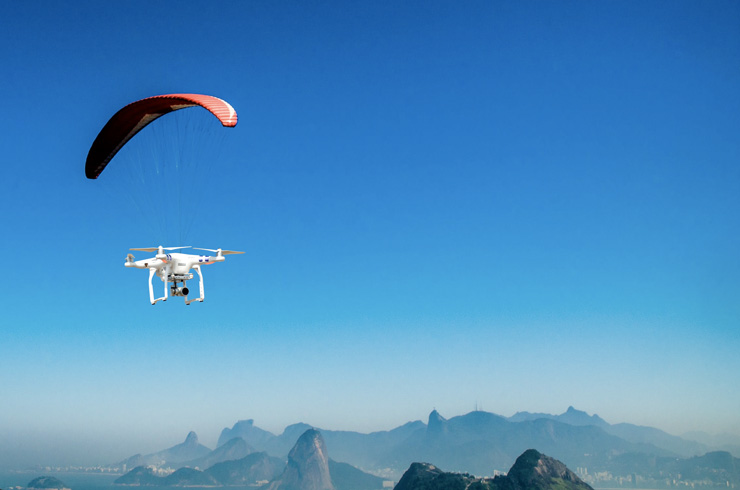How Parachute Recovery Systems Protect Drones from Crashes
Drones play an essential role in various industries, including photography, agriculture, surveillance, and delivery. However, drone crashes remain a major issue due to mechanical failures, environmental factors, or signal loss. Such crashes can result in damage, financial loss, and safety risks. To minimize these dangers, parachute recovery systems have been developed as a reliable solution to protect drones and ensure safer operations.
What
is a Parachute Recovery System?
A
parachute recovery system is a safety feature that deploys a parachute when a
drone experiences a malfunction. This system slows the descent and reduces the
impact force upon landing. It typically consists of a lightweight parachute, a
deployment mechanism, and a triggering system. The trigger can be activated
manually or automatically based on conditions like signal loss, power failure,
or extreme tilt angles. Advanced parachute systems integrate with the drone’s
flight controller to detect issues and deploy the parachute instantly.
How
Parachute Systems Work
When
a drone is in trouble, the parachute system deploys either through manual
activation or an automatic trigger. The deployment mechanism, which may use
compressed gas or a spring-loaded system, quickly ejects the parachute to slow
down the drone’s fall. The parachute creates air resistance, reducing the
drone’s speed and allowing it to land safely. This is particularly useful in
urban areas and places where crashes could harm people or property.
Advantages
of Parachute Recovery Systems
Parachute
recovery systems offer several benefits, with one of the biggest being the
protection of expensive drone equipment. Even in the event of a failure, drones
can land safely, avoiding severe damage and reducing repair or replacement
costs. They also improve safety by preventing injuries to people below. Many
aviation authorities require drones flying over populated areas to have safety
measures like parachute systems. Additionally, industries like infrastructure
inspection, search and rescue, and surveying benefit from these systems, as
they protect both drones and collected data. Some insurance companies also
offer lower rates for drones equipped with parachute systems.
Challenges
and Considerations
Despite
their benefits, parachute recovery systems also present some challenges. The
added weight can reduce the drone’s flight time and efficiency. Proper
integration with the drone’s design is necessary to ensure performance is not
significantly affected. Environmental factors such as wind can also influence
how the parachute deploys and where the drone lands. Regular maintenance and
testing are required to ensure the parachute functions correctly when needed.
The
Future of Drone Safety
As
drone technology advances, parachute recovery systems are expected to become
more efficient and reliable. Future innovations may include AI-powered
deployment mechanisms, lightweight materials, and improved sensors. These
advancements will enhance system reliability and ensure safer drone operations.
Regulations may also become stricter, making parachute recovery systems a
standard feature for commercial drones.
Parachute
recovery systems are a crucial safety tool for drones, reducing crash risks and
protecting valuable equipment. By implementing these systems, drone operators
can enhance safety, comply with regulations, and ensure secure and sustainable
drone usage.
.png)






Leave a Comment
Your email address will not be published. Required fields are marked *